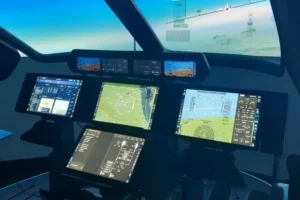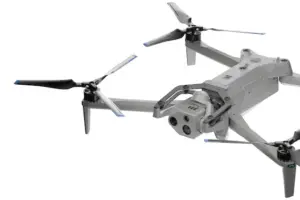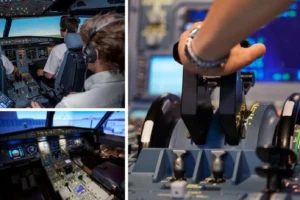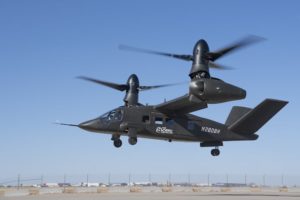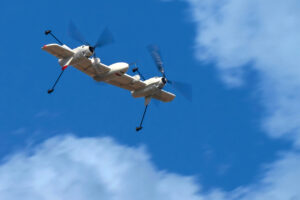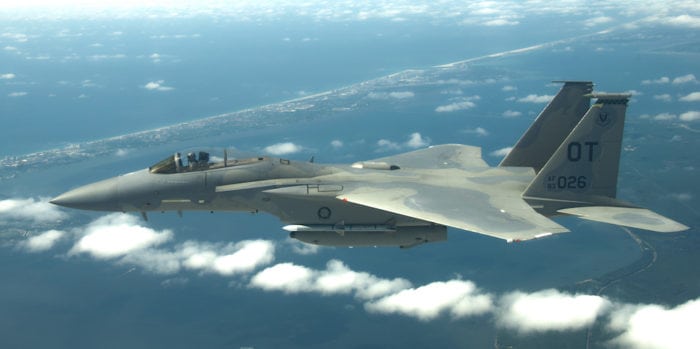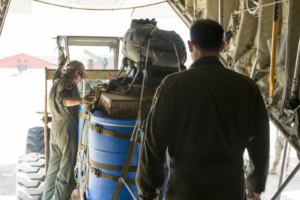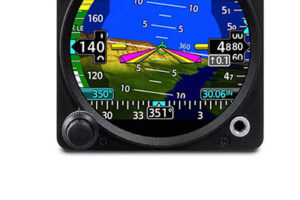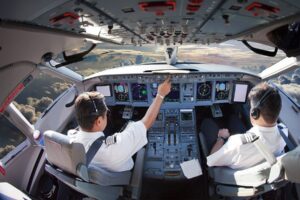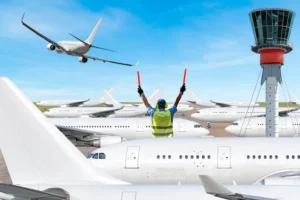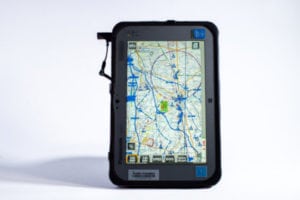Airports are accident factories, with a high potential for pilots to take off on the wrong runway of two parallel runways, to take off on taxiways, to be on the wrong taxiway, to sit too long at one end of a runway, and so forth. What’s needed is a direct warning to flight crews that they are about to commit a runway incursion or, worse, to collide with another aircraft.
Such a system has been developed. It was done without a mandate from the Federal Aviation Administration, without a lengthy government-funded research program, without tortuous rulemaking, advisory, harmonization and sundry other committees. It was developed with an eye to the need and exemplifies a creative approach to improving safety through software.
The need for a direct alert to potentially confused pilots was strongly stated at the May 6 hearing of the National Transportation Safety Board (NTSB). The board’s annual review of its "Most Wanted" list of aviation safety improvements was marked by an unusually high degree of frustration with the lack of progress. The need for technology that improves airport safety has been on the "Most Wanted" list since it was created in 1990. That was 13 years ago, when a fatal collision occurred between a Boeing 727 and a Beech A100 at Atlanta’s Hartsfield Airport. In succeeding years– unmarked by significant progress–five more fatal runway collisions occurred at U.S. airports, killing a total of 63. That’s not counting a spate of airport incidents in which airplanes missed each other by distances ranging from 50 to 950 feet–in other words by scant seconds in which the outcome could have meant scores of deaths instead of scores of anxiety attacks among tower controllers, aircrews and passengers.
Add two foreign cases and the toll goes much higher. Recall the October 2000 crash on attempted takeoff of a Singapore Airlines B747 on a closed runway littered with parked construction equipment at Taipei, killing 83 of the 176 aboard. Recall the September 2001 crash when a Cessna Citation II wrongly taxied onto the runway at Italy’s Milan-Linate Airport at the same time an SAS MD-87 was taking off. The 118 killed marked Italy’s worst aviation disaster. The total dead from airport accidents since 1990 tops 260.
Enter Honeywell’s Runway Awareness and Advisory System (RAAS). An adjunct to the company’s enhanced ground proximity warning system (EGPWS) technology, the RAAS software upgrade provides a direct aural advisory to pilots of their position in the airport environment. It’s a first-generation answer to the NTSB’s call for a direct alert to pilots.
According to the company’s technical note, "RAAS provides timely aural advisory messages to the flight crew in a significant number of scenarios that have led to runway incursion incidents and accidents." A company study found that some 44 percent of runway incursions involve pilots’ loss of positional awareness.
The messages, which can be set for a male or a female voice, are intentionally kept as short as possible. RAAS operates automatically, with no action required by the crew. Its functioning can be verified by performing the EGPWS self-test. RAAS provides advisories, not alerts, as the latter would necessitate considerably more demanding certification standards. RAAS has a limited objective: to enhance positional awareness.
Upon supplemental type certification, expected in the fall of 2003, RAAS software can be added to any aircraft fitted with Honeywell’s EGPWS Mk V or Mk VII systems incorporating software version 218 or later and digital terrain database 433 or later (which includes all runways). The upgrade has a tentative list price of $15,000, but discounts are expected to be available for multiple orders.
Pilots typically will hear two advisories during routine operations; hopefully, they will seldom if ever hear the non-routine advisories programmed into the system.
These advisories fall into three categories: before and during takeoff, on final approach and during landing.
Before and during takeoff: During taxi, pilots will be advised which runway they are moving toward, such as, "Approaching three four left." And, once lined up for takeoff, they’ll hear, "On runway three four left." If they stay on the runway too long, they’ll hear, "On runway. On runway." The time elapsed for this message to sound can be set to 60, 90, 120, 180, 240 or 300 seconds. The advisory will be activated when the aircraft enters a runway, is pointed within 20 degrees of the runway heading, and its on-track distance does not change more than 100 feet in the preset time. If the pilots attempt takeoff on a runway that is too short for their preset "nominal" distance for takeoff, they will hear a nonroutine message like, "On runway three-four left, two thousand remaining." The units of measure can be in feet or meters, depending upon how the RAAS is set up. Should the pilots mistakenly attempt takeoff on a taxiway, they will hear, "On taxiway! On taxiway!" as aircraft speed passes through 40 knots (see illustration). RAAS functions on the basis of runway locations in the terrain database; it does not contain taxiway locations per se. (These are envisioned in future upgrades.)
On final approach: As the aircraft descends and is within 3 nautical miles and tracking � 20 degrees of the runway centerline, the pilots will be advised of the runway, as in, "Approaching two five right." Should the pilots be required to sidestep to a parallel runway while on short final, they will hear a second advisory, such as, "Approaching two five left." And if the pilots are descending to land on a runway that is shorter than the airplane’s nominal landing distance, they will hear a non-routine message like the one for takeoff on a short runway.
During landing: A distance remaining advisory is generated in feet or meters when the aircraft is on, or over, the last half of the runway and its speed is above 40 knots. These advisories continue during a go-around, ceasing as the aircraft climbs above 100 feet radio altitude. The advisories might sound like, "Two thousand remaining," "One thousand remaining" (or "Three hundred" for meters), and the last would sound at 500 feet, as in, "Five hundred remaining." Below 40 knots during rollout the crew will hear a runway end advisory, as in, "One hundred remaining" for feet or "Thirty remaining" for meters.
Users have various options as to the advisories that can be activated or suppressed. Already upgrades are envisioned. In its current form, RAAS does not help pilots avoid traffic. Honeywell’s Greg Francois, EGPWS product line director, says, "Further down the road we would be looking at incorporating ADS-B [automatic dependent surveillance-broadcast] to give further advisories, like ‘Runway zero six occupied’ or ‘Aircraft on final to runway zero six.’" Aircraft with ADS-B would broadcast their position to other aircraft, making this second-generation RAAS possible.
Finally, NTSB officials said at their "Most Wanted" hearing that they’d like to see moving map displays in the cockpit as another incursion/collision avoidance tool. Since EGPWS features a visual display of terrain, Francois says a "second- or third- generation" RAAS might feasibly incorporate the kind of map display that NTSB officials are seeking.
One observer suggested that RAAS messages in a sterile cockpit environment may "progress toward distraction" and aural overload, leading to missed radio calls. However, under normal circumstances for takeoff and landing, the crew typically would hear just two routine RAAS messages.
RAAS promises to make airport operations safer. It’s not a cure-all; it’s a step. And in terms of the NTSB’s "Most Wanted" call for action, RAAS represents another message–It’s about time.


